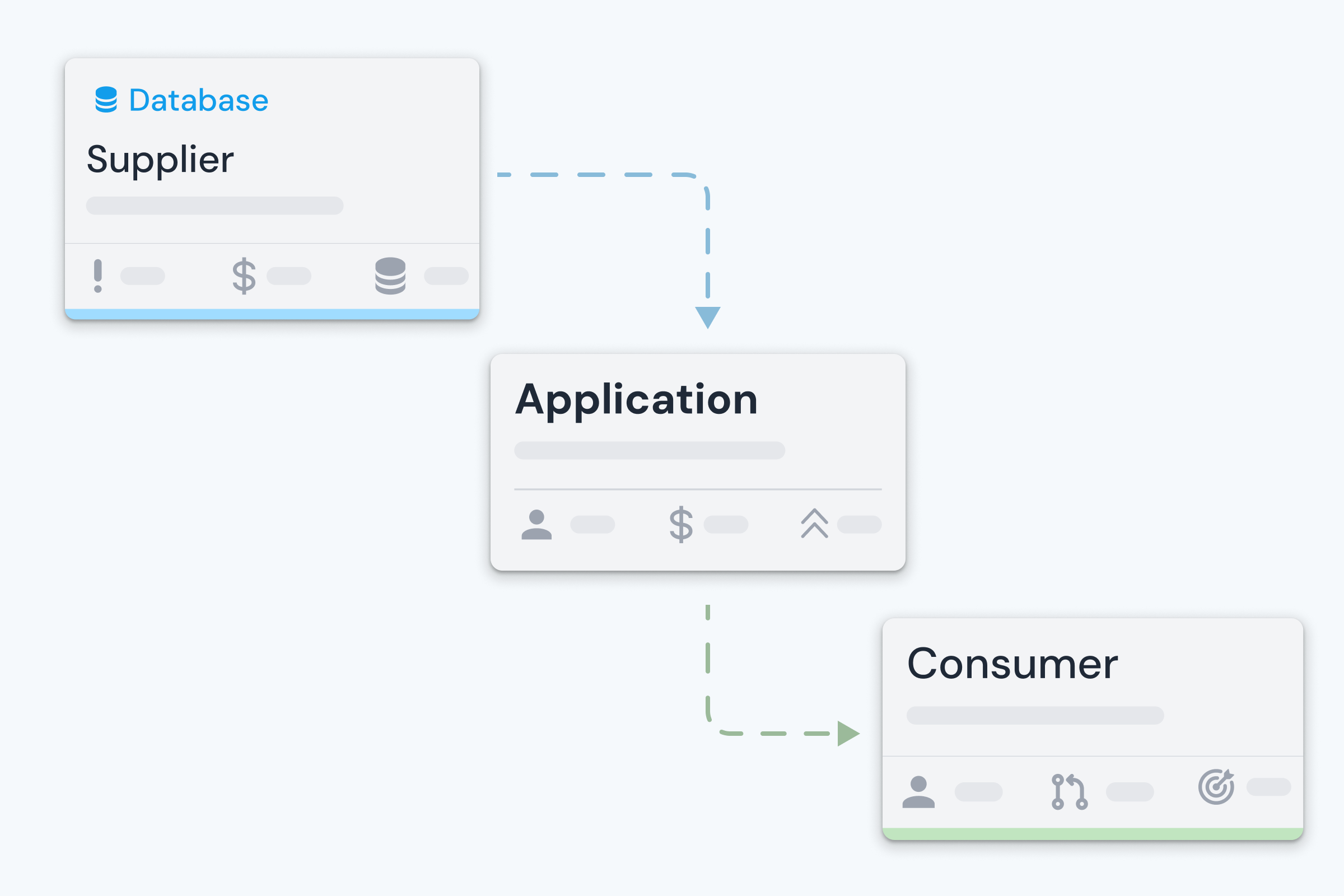Gartner estimates that organizations overspend on cloud services by as much as 70% due to underused resources and lack of visibility. In response, many are racing to adopt cost-cutting tools and dashboards. But here’s the problem: trimming spend without understanding what’s working can backfire.
What went wrong: why cloud overspend happens
Cloud promised scalability, speed, and flexibility—but somewhere along the way, many companies lost control of their usage. Here’s how it happened:
- Rapid adoption without governance: Teams spun up services on demand, but few guardrails were in place to track usage or enforce budgets.
- Lack of visibility into utilization: Without detailed insights, it’s hard to tell which services are delivering value and which are going to waste.
- Overprovisioning “just in case”: To avoid latency or downtime, many companies overprovision resources that go largely unused.
- Siloed purchasing decisions: Different teams may adopt overlapping tools or duplicate functionality, leading to redundant costs.
All of this added up to an environment where spend grew faster than the ability to measure AI value. Now, organizations are playing catch-up—reacting to costs instead of proactively managing them.
Cost-Cutting Is a Reaction, Not a Strategy
When budgets tighten or leadership pressures teams to reduce spend, cloud costs often become a quick target. Slashing expenses feels like progress. But without visibility into the value those services provide, cuts become arbitrary—and risky.
A case study into cost-cutting missteps
A mid-sized SaaS company offering supply chain optimization tools, was under pressure to improve margins and quickly cut 20% of its cloud spend. Without clear visibility into usage or value, the infrastructure team targeted what appeared to be costly, underutilized services—one of which powered analytics dashboards used by key customers.
Within two weeks of the cut, customer complaints spiked. Key clients reported that analytics were outdated or missing altogether. Renewal discussions were paused. The company’s largest enterprise customer cited loss of dashboard functionality as a primary reason for reevaluating the partnership.
What began as a cost-cutting initiative ended in lost revenue, a damaged reputation, and an urgent effort to rebuild what had been hastily dismantled. In hindsight, leadership realized that without visibility into which cloud services were driving customer value, their cuts were essentially blindfolded.
Here’s what can happen when companies cut cloud costs without a value lens:
- Deprecating tools that drive revenue or efficiency
Some applications might look expensive on the surface, but they could be streamlining operations or directly generating revenue. Cut them, and you risk hurting the bottom line. - Limiting developer agility and slowing down innovation
Cost-saving measures often reduce flexibility, especially in development environments. That hinders productivity and delays new product rollouts. - Cutting high-impact initiatives that create long-term value
Cloud investments often power strategic initiatives—like AI models, analytics pipelines, or customer experience platforms. They may not pay off immediately, but over time, they could emerge as game-changers.
How to Measure Cloud Value (Not Just Cost)
Rather than asking, “How do we cut costs?”. The correct question to ask is “What value are we getting for what we spend?” For instance, to make value-based decisions, organizations need better visibility into how cloud services are being used. Start with:
- Usage: Are applications and services actively used, or sitting idle?
- Adoption: Are more users or teams adopting these tools over time?
- Recurring engagement: Are users returning regularly, or is usage one-and-done?
These metrics help identify which cloud services are delivering meaningful returns—and which ones aren’t.
Software observability platforms like Trufflow enable businesses to track such metrics. Observability platforms provide insight into software usage, adoption trends, and engagement patterns—so teams can clearly see which tools are working and why.
With features like:
- A Flow Diagram to visualize upstream suppliers and downstream consumers of cloud applications
- Dashboards that track recurring use, number of users, and volume of requests over time
- Grouping capabilities to evaluate application performance at both individual and portfolio levels
Trufflow makes it easier to spot underutilized services, double down on high-performing tools, and align cloud investments with real business outcomes.
Improve Software Visibility
Gain visibility into your technology ecosystem with insights into software usage, user engagement, and changes in adoption with Trufflow.
Takeaway: Don’t Just Cut — Calculate the Value
Managing cloud costs is important — but cost-cutting alone isn’t a strategy. It’s a reaction. Without a clear understanding of the value cloud services deliver, that reaction can do more harm than good.
This means that effective cost management must happen in tandem with improving cloud visibility. By leveraging tools like Trufflow, companies can:
- Consolidate underutilized services
- Double down on high-value platforms
- Improve spend accountability across teams
With the right mindset and better cloud visibility, companies can optimize—not just minimize—cloud usage.
.webp)



